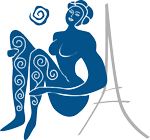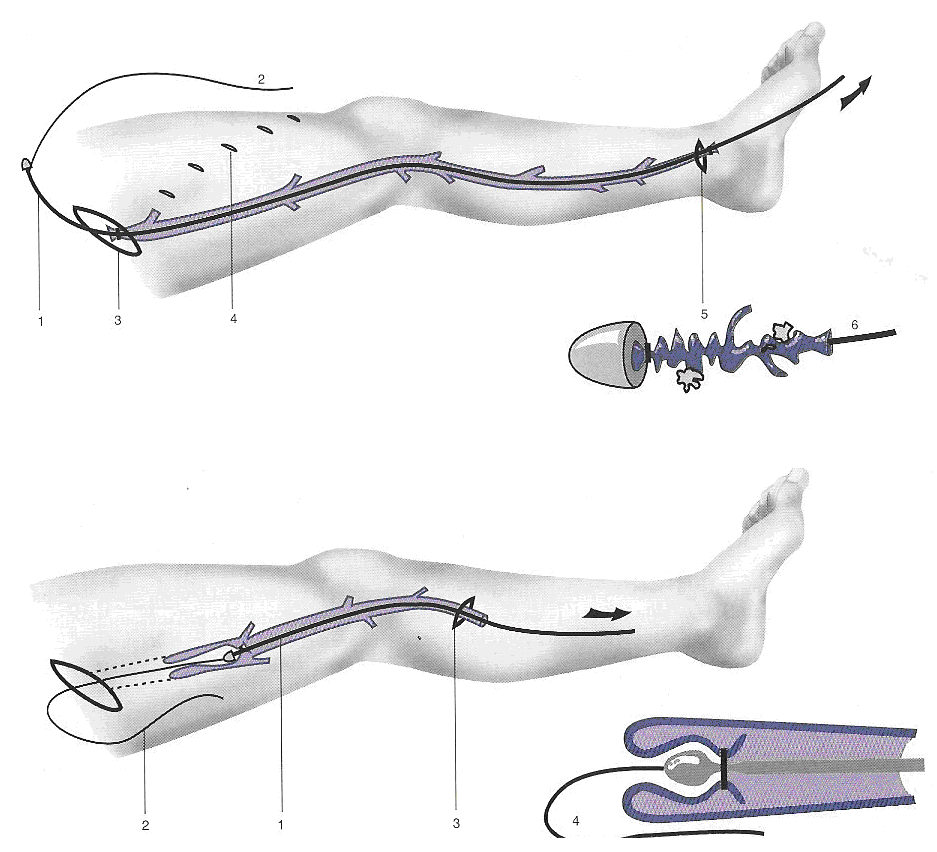Vascular Surgeon
Expert in the treatment of varicose veins
Is surgical treatment of varicose veins painful ?
No, not anymore!
Today, surgical treatment of varicose veins is pain-free, both during and after the procedure.
Thanks to the use of modern techniques and minimally invasive methods, anesthesia is light, discharge is very rapid and the resumption of daily activities is immediate.
Why is it always said that the post-operative after-effects are painful when you’ve had varicose vein surgery ?
Rumors are hard-wired, and this one is still widely circulated.
It has its origins in the traditional surgical treatment of varicose veins, known as stripping, developed at the beginning of the last century.
This is a so-called “radical” technique, as it removes the saphenous vein, but it is also fairly aggressive, as it involves extracting the saphenous vein between two incisions by a kind of more or less violent tearing.
Because of its aggressive nature, stripping requires general or locoregional anaesthesia (leg anaesthesia via lumbar infiltration).
Why is stripping painful ?
The degree of pain depends on the extent of hematoma and tissue damage surrounding the saphenous vein.
These hematomas and lesions are the consequence of saphenous vein extraction, which is more or less damaging depending on the stripping technique used (telescoping or invagination) Fig 1.
Are there less aggressive techniques available today ?
Yes, of course, fortunately!
In the early 2000s, so-called “mini-invasive” techniques were developed, primarily “endovenous” techniques, to overcome the disadvantages of aggressive stripping.
These techniques involve inserting a device through the skin into the saphenous vein, allowing it to be “closed” either by heat (laser or radiofrequency), chemical sclerosis (sclerofoam), or gluing/embolization (glue) Fig 2.
The aim is to exclude the saphenous vein from the venous circuit, without having to extract it mechanically as with stripping.
They can be performed under local anaesthetic (laser and radiofrequency) or even without anaesthetic (sclerofoam or glue).
It should be stressed, however, that these procedures only treat the saphenous vein, and are not intended for varicose branches, which must be treated by other means.
Sclerofoam can also be used to treat varicose veins located on branches of the saphenous vein, but is less reliable and less precise than miniphlebectomy (see below).
Are there even less aggressive options ?
The evolution towards less aggressive treatment went even further, with the idea that it might be possible to spare the saphenous vein, by limiting the procedure to the small diseased branches on which varicose veins have developed.
This was the birth of the ASVAL method, on which Dr. Pittaluga’s team began work in 2003, and for which they reported the first official publication in 2005.
Why is the ASVAL method even less painful ?
In addition to the fact that the saphenous vein is not removed, the technique for extracting varicose veins has also become less aggressive, thanks to the development of minimally invasive surgery known as “micro or mini-phlebectomy”.
This involves removing varicose branches through micro-incisions made with a simple needle, using a tiny hook to gently remove the varicose vein, without traumatizing the surrounding tissues (Fig. 3).
As a result, there is no post-operative hematoma, and little or no pain. A study of patients operated on using this technique showed that 92% of them took no painkillers in the days following the procedure.
The absence of significant hematoma also means that compression stockings are not worn in the days following surgery.
What’s more, the micro-incisions performed do not require any stitches on the skin (simple strips are all that’s needed), no dressings or nursing care is required, and overall, the return to daily activities is immediate, particularly for resuming sport and returning to work.
Does this have any influence on the periods during which varicose veins can be operated on?
Yes, absolutely. The absence of significant hematoma, the absence of post-operative dressing and the possibility of not wearing compression stockings mean that the ASVAL method can be performed all year round, including during the summer.
This is a real benefit, as summer is the worst season for varicose veins, which are more symptomatic and can worsen in the heat.
In summary
Today, it can be said that surgical treatment of varicose veins is painless, both during and after the procedure, provided that a modern technique is used, in particular the ASVAL method, with benefits in terms of resumption of daily activities and the absence of any need for post-operative care.











